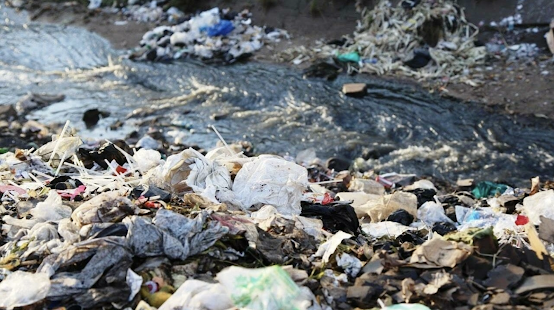World Toilet's Day 2021!

Let's Celebrate World Toilet's Day! 🗺🚽👏 Dancing on Toilet ;) Source: Sartle blog Quick Facts about the World Toilet's Day 2021: It aims to raise awareness of the 3.6 billion people living without access to safely managed sanitation It is about taking action to achieve Sustainable Development Goal 6: Water and Sanitation for all by 2030 It is about valuing Toilets A toilet that effectively captures human waste in a safe, accessible, and dignified setting can help achieve sustainable sanitation Source: World Toilet's Day Factsheet As Appadurai suggested in his discussion about the Mumbai Toilet exhibition in one of his papers, it is important that we keep on a horizontal networking. It will help urban residents across the world to learn from each other and facilitate a better world. Under this ideal, on the World Toilet's Day, I would like to introduce you to Sanergy, a company and an NGO providing an innovated, non-sewered sanitation solution in Nairobi

